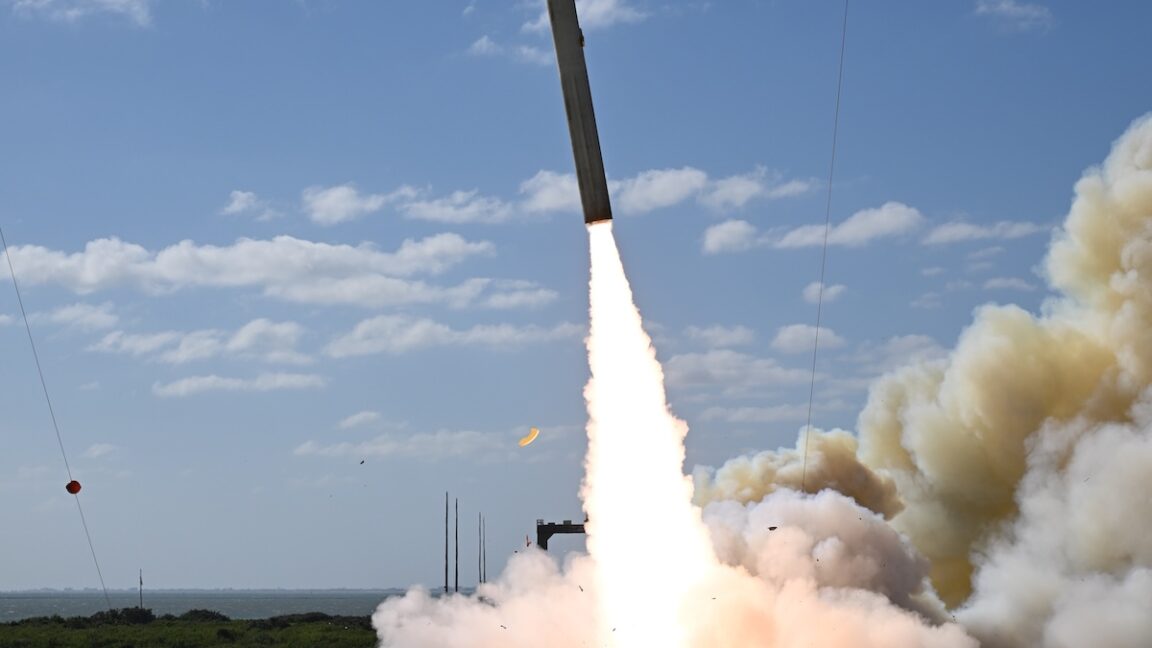INSUBCONTINENT EXCLUSIVE:
The Pentagon has a long-standing policy of not publicizing hypersonic missile tests before they happen, except for safety notices for
civilian airplanes and ships downrange
But the Defense Department declared the previous Dark Eagle test flight a success within a few hours of the launch, and did not do so this
time.Hypersonic missiles offer several advantages over conventional ballistic missiles
These new kinds of weapons are more maneuverable and dimmer than other missiles, so they are more difficult for an aerial defense system to
detect, track, and destroy
They are designed to evade an adversary's missile warning sensors
These sensors were originally activated to detect larger, brighter incoming ballistic missiles, which have a predictable trajectory toward
their targets after boosting themselves out of the atmosphere and into space.A hypersonic weapon is different
It can skim through the upper atmosphere at blistering speeds, producing a much dimmer heat signature that is difficult to see with an
infrared sensor on a conventional missile warning satellite
At these altitudes, the glide vehicle can take advantage of aerodynamic forces for maneuvers
This is why the Pentagon's Space Development Agency is spending billions of dollars to deploy a network of missile tracking satellites in
low-Earth orbit, putting hundreds of sophisticated sensors closer to the flight path of hypersonic weapons.Dark Eagle is designed to fly at
speeds exceeding Mach 5, or 3,800 mph, with a reported range of 1,725 miles (2,775 kilometers), sufficient to reach Taiwan from Guam, or
NATO's borders with Russia from Western Europe
The US military says it has no plans to outfit its hypersonic weapons with nuclear warheads.In a statement on Thursday, the Department of
Defense said the weapon's official name pays tribute to the eagle, known for its speed, stealth, and agility
Dark Eagle offers a similar mix of attributes: velocity, accuracy, maneuverability, survivability, and versatility, the Pentagon said.

